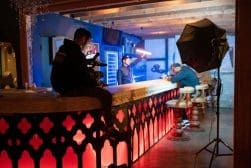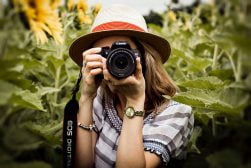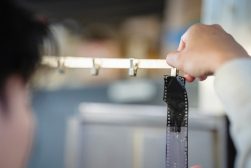
22 Types of Camera Shots & Angles to Use in Film & Photography
Camera angles and shots in film and photography are key elements that can completely change the story that you're trying to tell. Here are 27 important ones.
Learn Filmmaking | Learn | By Ana Mireles
Camera angles and shots in film and photography are key elements that can completely change the story that you’re trying to tell.
The direction in which your camera points, whether the camera moves or stands still, and whether you use an extreme long shot or a close-up are decisions you must make to communicate your artistic view.
In this article, you’ll know all the types of camera shots and camera angles so that you can decide which ones work best for your next film or photoshoot. Remember that including them in your shot list will make the photoshoot or filming go smoothly.
If you’re ready, let’s get started!
Table of Contents
What are the Types of Basic Camera Shots?
Knowing all the types of camera shots and angles will help you when creating a shot list.
This way, you can organize your workflow, know which equipment you’ll need, and have everything go smoothly.
1. Close-up Shot

Credit: Ajan Ghosh
A close-up shot is when your subject covers most of the frame. You can achieve this by being physically close to the subject or by using a telephoto lens from afar.
When close-up shots are used to depict a person, a close-up shot helps you to show the expressions and emotions of the character. It’s also a very intimate shot.
Instead, if the subject is an object or an action – then it’s used to direct the viewer’s attention. For example, if two people are arguing and one is holding a knife behind his back – you might want to do a close-up shot at the hand with the knife.
2. Medium Shot
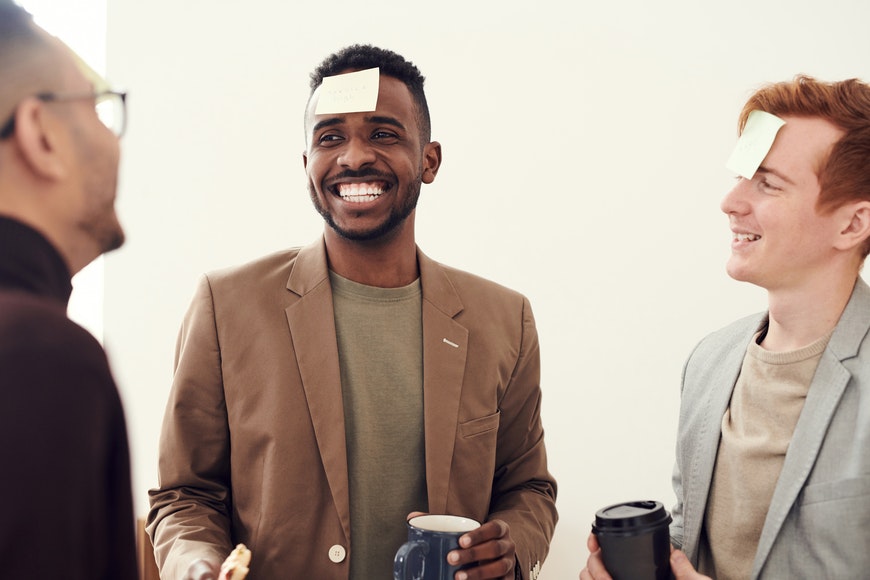
Credit: Fauxels
A medium shot is still centered on the main subject, but it shows more of the context. It generally refers to all shots that frame a person from the waist up, although something tighter across the torso is still OK.
With a medium shot, not only are you showing the context but also the body language – you can also include more characters. They are also a great way to transition between close-ups and wider shots.
3. Long Shot
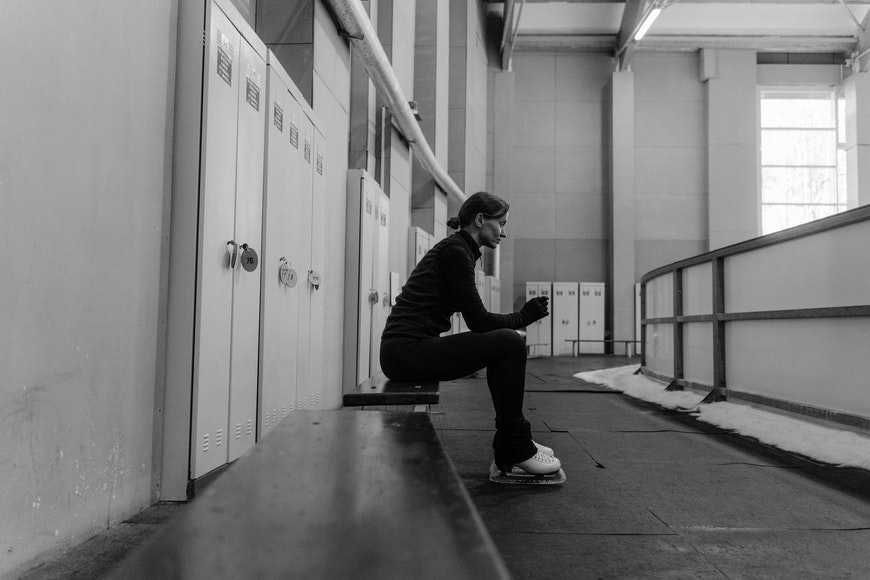
Credit: Tima Miroshnichenko
Long shots – also known as wide shots or establishing shots – show your entire subject and leave enough space around it. If you want to show a new location where your subject arrived or introduce a new ambient while keeping a strong presence of the subject – this is the way to go.
The long shot also shows the full length of the subject, so can be useful in exaggerating scale when comparing the subject to the objects surrounding it.
What are the Types of Advanced Camera Shots?
1. Extreme Close-up Shot
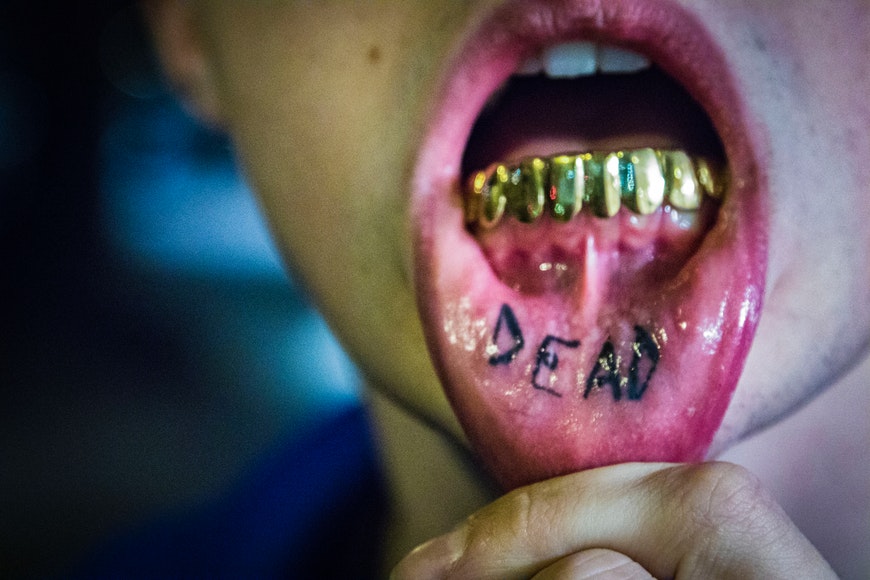
Credit: Alex Alexander
An extreme close-up is exactly what the name suggests – it’s taking the close-up shot to the extreme by closing in on a detail of the subject.
With these shots, you can emphasize a reaction or an expression on the character – for example, a tear. It’s not necessarily used with characters – it can be an object too—for example, an extreme close-up of a watch to show how the time is passing.
2. Extreme Long Shot

Credit: Pixabay
An extreme long shot is a very wide camera shot that leaves your subject so far away that it almost gets lost within the scene.
You can use this to show your character feeling isolated or vulnerable in a vast space.
3. Cowboy Shot

Credit: Vitaliy Izonin
Originally called cowboy shot because it depicts the subject from the mid-thigh, this allowed for the cowboy guns to be on the frame to capture the quickdraw.
You may still call it a cowboy shot, but you might also find it an American shot. This type of shot is close enough to the subject that you can still see emotions and expressions – but you can also show part of the scene, especially what they are doing with their hands.
4. Over the Shoulder Shot

Credit: Jep Gambardella
This is one of the most common camera shot framing types when there’s a conversation happening in the scene – usually between two characters. The camera is placed behind the character who is listening – so you can see part of the head and the shoulder. Then, in focus, you see the person who is speaking. It literally shows how you would see if you were peaking over the shoulder of the character.
Usually, this shot alternates continuously as the conversation goes on, creating a shot-reverse-shot sequence. This camera shot allows the viewer to understand who is involved in the conversation and still appreciate the non-verbal communication from the person who is talking.
In some cases, the camera angle changes too, indicating a different relationship between the characters. For example, if you make a shot over the shoulder from a high angle, you show your character looking down at the other, making them look ‘smaller.’
5. Tracking Shot
This shot is based on camera movement. Regardless of the framing or the camera angle, a tracking shot follows the character. If it’s made using a dolly, it’s also known as the dolly shot.
However, not all tracking shots are made with a dolly – it can be done with a Steadicam, a crane, or a boom.
It can be a forward tracking shot when the camera follows the character as they move away.
Instead, a backward tracking shot when the character is coming towards the camera as it pulls back to maintain the same distance.
Lastly, there’s the lateral tracking shot when the camera moves sideways.
6. Zoom Shot
With a zoom shot, the camera doesn’t move. You might see the character closer or further away, but it’s an effect due to the change of focal length.
Although, there is an effect called the dolly-zoom, which is used to create an unusual visual perception, and it’s been used by Alfred Hitchcock, Martin Scorsese, Steven Spielberg, and other great directors.
7. Master Shot
The master shot is the most important and is often the first on the shot list. It should cover an entire action or an entire scene.
However, they play a different role in modern films than they used to – before, the whole shooting revolved around the master shot. Now, multiple camera shots, camera angles, and camera movements make films more dynamic.
8. POV Shot
POV stands for point of view. So, POV shots show things from the perspective of a particular character.
It’s an effective technique to pull the viewer into the action by giving them a first-person angle of view.
Many films in history have successfully used this technique. You can see some famous examples in the above video reel.
Typically, a POV shot comes after a medium shot or a close-up where you see the character looking at something – then you jump right into their perspective with a POV to see what they were looking at.
9. Establishing Shot
Typically, an establishing shot is a wide shot or an extra wide angle shot. This is because they’re used to establish a time and a place where your story is happening.
Establishing shots can have different camera shot sizes depending on how much context you need to give to the viewer.
If you want to signal that you’re in a specific city, an extreme wide shot from an aerial angle is often helpful.
Other times, you simply need to show the outside of a building to indicate where the characters are.
What are the Main Camera Angles?
While the types of shots depend on the framing and camera movement, the types of camera shot angles depend on the position of the camera in relation to the scene and subject.
1. Low Angle Shot

Credit: Tima Miroshnichenko
This camera angle indicates that you’re looking up at the subject. How low? That depends on what you want to tell with this shot – but technically speaking, anything below the eye level of the subject is already a low-angle shot.
When the camera is positioned almost at ground level, it’s also called a worm’s eye view.
In general, you use this camera shot angle to show the subject big and powerful or because you want to include something tall behind your subject in the frame.
2. Ground Level Shot

Credit: Budgeron Bach
For this camera angle, you need to be shooting at ground level – but unlike the low angle shot, the camera is not looking up.
In this case, the camera is low on the ground because you want to show something that is happening down there.
3. Knee Level Shot
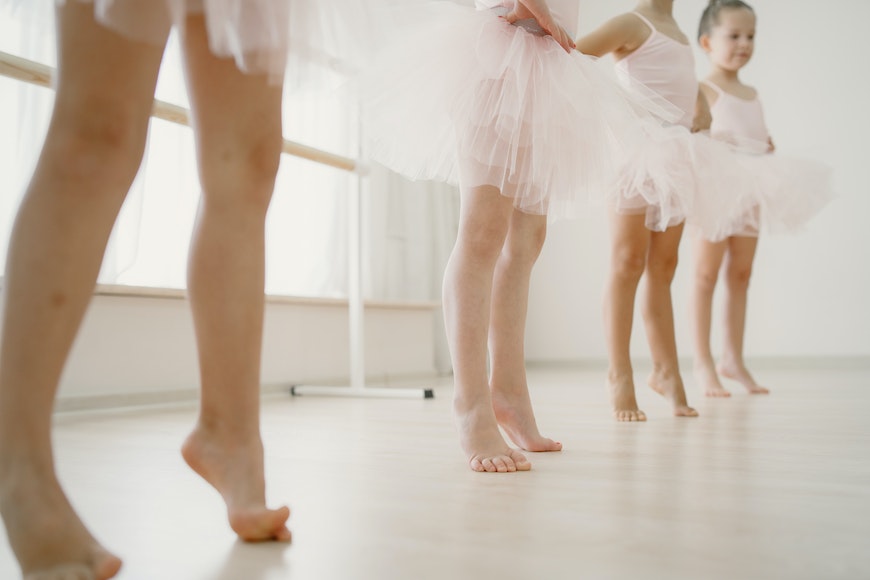
Credit: Gustavo Fring
Continuing up the axis of the camera, you can do a knee-level shot. This camera angle is shot at the knee level of a character, and it’s often used to include another character’s entire body because it’s further away.
4. Hip Level Shot
Usually, a hip-level camera angle is used for a cowboy shot. This allows you to show the character from the mid-thigh widow distortion.
In photography, a hip-level shot is also common when street photographers capture candid snapshots preventing people from noticing them.
5. Shoulder Level Shot
The shoulder-level shot is one of the most common camera shot angles – as the name indicates, it’s done by positioning the camera at the same height as the subject’s shoulders.
6. Eye Level Shot

Credit: RF Studio
At the top of the list, the eye-level shot is the most used of all camera angles. This is because it doesn’t have a particular effect or impact on the viewer – it offers a familiar perspective.
Most of the story is told at this level because it’s neutral. This way, it’s immediately noticeable to the viewer when you want to create an effect and change the camera angle.
7. High Angle Shot

Credit: Mikhail Nilov
A high-angle shot is when you have the camera looking down at the subject – it doesn’t matter how high or low in the axis this is. In short, it’s the opposite of a low-angle shot.
A high-angle shot is used to emphasize the character’s vulnerability or impotence.
8. Bird’s-eye View
A bird’s-eye view is a more extreme version of the high-angle shot – it’s also known as an overhead shot or crane shot. Usually, it’s paired up with a wide camera shot – this way, you can see down on the subject but include a good part of the context.
You’ll frquently see an overhead shot on Youtube when the subject is talking about a product being reviewed.
9. Aerial Shot

Credit: Leonardo Rossatti
The highest camera angle is the aerial view. This was often called the helicopter shot because the camera operator was usually in a helicopter to capture this view.
Nowadays, you can find an aerial shot more often because drones have made it more affordable for all filmmakers and photographers. Even amateur videographers can get stunning aerial footage – something inconceivable before commercial drones.
10. Dutch Camera Angle

Credit: Andrea Piacquadio
This is one of the most peculiar types of camera angles because it’s a point of view that’s completely unnatural. It doesn’t matter how high or low the camera is, nor the shot types – a dutch camera angle is characterized by a tilted horizon.
To achieve this, you need to rotate the camera on its axis. Because it’s not the way we’re used to seeing things, it makes the viewer feel disoriented or uneasy.
The Dutch angle is also known as the German angle because it was often used in German expressionist films. You might also call it canted or oblique angle.
Why are Camera Shots Important in Films?
The types of camera shots and the different camera angles are crucial to telling the story the way you want. With them, you can guide the viewer into seeing what you want them to see and give clues on what’s happening beyond what meets the eye.
For example, using the Dutch angle, you can imply that the character has an unbalanced mind – this way, you’re showing something happening inside their head.
You can also use a mix of high and low angles to show an imbalance in the relationship between two characters – for example, a bully and the good guy.
Finally, the camera shot focuses the viewer’s attention on specific things. While using an extreme wide shot tells them to notice the environment in which things are happening, a close-up directs the attention to a particular detail.
FAQs: Types of Shots
What is shot design in film?
Shot designing is the planning of where the camera will be in relation to the subject and the lights in the different scenes of the film. It decides what types of shots you’ll need to tell the story better. Shot design helps you to make a shot list and a storyboard.
What camera angle is best?
As you can see in this article, each camera angle has a different effect on the viewer – so it’s difficult to say which is best. Having said that, if you want to take a portrait or selfie, for most people, the most flattering angle is to take the picture about 3″ higher than eye height.
How do you analyze film shots?
A great way to improve your shots is by studying how the great masters have used the different angle shots. You can start by identifying the camera angle and view shot on a particular scene. Then, analyze what was happening in the story, specifically with the character, when the camera shot starts and ends. Now, study the entire film and find any recurring theme or recurrences.
What Camera Angles & Shots Will You Use? Final Words
Now that you have an overview of the shot captures you can make, which ones do you plan to use? Tell us in the comments which are your favorite cinematic shots and why.
I hope you enjoyed the article and that it’s helpful to plan and realize your next photoshoot or video shooting.







